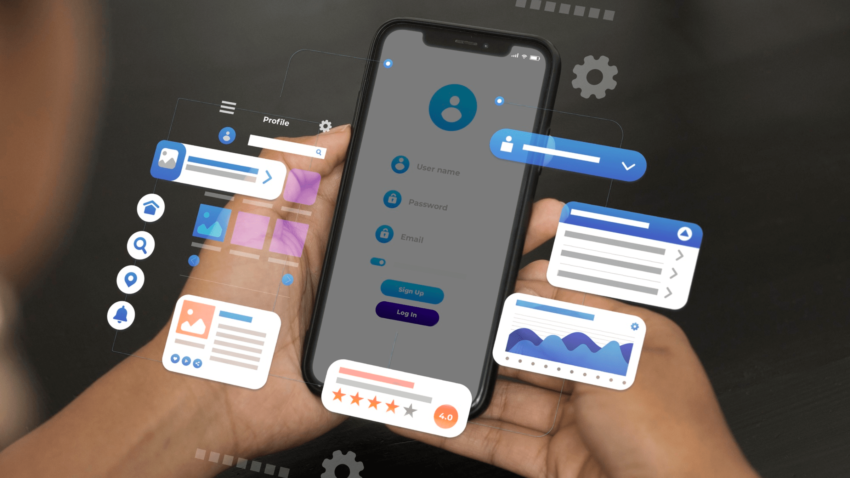Discover the 8 essential security metrics from MTTD to Phishing Click Reduction and learn how Orthian helps you optimize each for a stronger, proactive defense.
In an age where digital infrastructure underpins every operation, relying solely on firewalls or antivirus software is no longer enough. Just as financial KPIs gauge fiscal health, security metrics reveal the true strength of your defenses, highlight blind spots, and measure reaction speed to incidents. At Orthian, we’ve identified eight core metrics that provide a comprehensive view of your security posture from detection to recovery, visibility to human risk. Let’s explore each metric and concrete steps to improve it.
1. Mean Time to Detect (MTTD)
Definition: The average time from when a threat or anomaly occurs to when your security team or system becomes aware of it.
Why It Matters: A shorter MTTD reduces the “golden window” attackers have to exploit vulnerabilities.
How to Optimize & Remediate:
- Deploy a robust SIEM (Security Information and Event Management) with tailored detection rules.
- Implement EDR (Endpoint Detection & Response) agents on endpoints for real-time alerts.
- Establish 24/7 monitoring with automated alert triage and prioritization.
2. Cyber Resilience
Definition: Your organization’s ability to maintain operations and recover quickly after a security incident.
Why It Matters: True security isn’t only prevention. It’s ensuring business continuity during and after an attack.
How to Optimize & Remediate:
- Create and regularly update an Incident Response Playbook with clear roles and responsibilities.
- Conduct periodic tabletop exercises and disaster recovery drills.
- Use multiple backup methods and snapshot technology for rapid restoration.
3. Visibility (Network, System & Endpoint)
Definition: The extent to which you can see traffic, logs, and system activity across your entire infrastructure.
Why It Matters: “You can’t protect what you can’t see.” Visibility gaps become blind spots for attackers.
How to Optimize & Remediate:
- Deploy EDR/MDR solutions to collect detailed telemetry from endpoints.
- Integrate Network Traffic Analysis (NTA) to spot anomalous flows.
- Centralize logs in your SIEM and build unified dashboards for holistic analysis.
4. Goal-Question-Metric (GQM)
Definition: A structured method to define KPIs based on strategic questions (e.g., “Are we patching known vulnerabilities on time?”).
Why It Matters: GQM aligns technical data with business objectives, making it easier to report meaningful insights to leadership.
How to Optimize & Remediate:
- Identify 3–5 critical security questions for your CISO, SOC, and operations teams.
- Build visual dashboards that answer each question at a glance.
- Review and adjust your metrics as organizational priorities evolve.
5. Cost Avoidance Ratio (CAR)
Definition: The ratio of money saved by preventing incidents versus the cost of your security investments and response efforts.
Why It Matters: A high CAR demonstrates the real ROI of proactive security measures.
How to Optimize & Remediate:
- Estimate average incident costs using industry benchmarks.
- Produce quarterly CAR reports comparing avoided losses against security spend.
- Optimize tool costs (e.g., MSSP/MDR) and automate manual processes to reduce OPEX.
6. Mean Time Between Failures (MTBF)
Definition: The average interval between system failures or security incidents.
Why It Matters: A longer MTBF indicates a stable, reliable infrastructure less prone to unexpected downtime.
How to Optimize & Remediate:
- Implement preventive maintenance and automated patch management.
- Continuously monitor system health (CPU, memory, disk) to catch early warning signs.
- Schedule regular vulnerability scans and penetration tests.
7. Time to Contain (TTC)
Definition: The time taken from initial detection to full isolation of the threat (e.g., blocking an IP, quarantining an endpoint).
Why It Matters: Faster containment limits the blast radius and reduces remediation costs.
How to Optimize & Remediate:
- Develop automated response playbooks (e.g., micro-segmentation, dynamic firewall rules).
- Use SOAR (Security Orchestration, Automation, and Response) to execute containment steps automatically.
- Run regular SOC drills based on realistic attack scenarios to refine procedures.
8. Phishing Click Reduction
Definition: The percentage of employees who do not click on simulated phishing emails after security awareness training.
Why It Matters: Humans are often the weakest link. Reducing successful phishing clicks directly lowers the risk of malware spread.
How to Optimize & Remediate:
- Conduct quarterly phishing-simulation exercises and track click rates.
- Analyze results to identify high-risk groups and deliver targeted follow-up training.
- Implement advanced email filtering and real-time alerts for suspicious messages.
Conclusion
By tracking and continuously improving these eight security metrics, your organization can build a proactive, resilient cyber defense strategy. At Orthian, we partner with you to implement automated reporting, data-driven dashboards, and end-to-end security automation so you can manage risk confidently as you undergo digital transformation.
Check out more insight from Orthian below:






